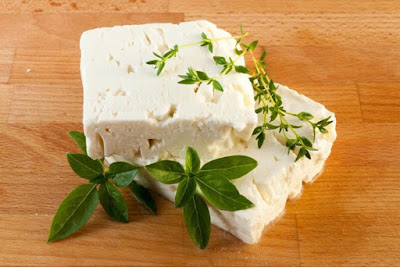WHAT DO VINEYARD’S DO WITH GRAPE
LEFTOVERS?
Have you ever wondered what happens to the
leftovers once a vineyard’s wine grapes have been pressed? I usually toss mine
on our little garden as fertilizer, and some people just toss them. If you’ve
ever wondered what large scale vineyards do with theirs, well, wonder no more!
All of those leftover seeds, skins and stems have a name: pomace. Pomace has
many uses and is repurposed for a wide variety of products. Have you ever used
grape seed oil for cooking? That’s made from the seeds from pomace. Have you
ever sipped on grappa after a meal? That’s made from wine byproduct as well.
Grape skins are composed of cellulose, tartaric
acid, fermentable sugars and tannins. These chemical compounds can be processed
into things like cream of tartar, food coloring, animal feed and powdered
tannin extract. Some wineries actually have enough byproduct to sell off as is,
while others use it themselves to make their own products. Here are some of the
most common uses made from the leftover pomace after harvest.
Ripasso
The Italian wine Ripasso, from Veneto, is
Valpolicella fermented a second time with the grape skins from the pomace of
Amarone wine to enhance its flavor. Both Valpolicella and Amarone are wines
from the Veneto region, although Valpolicella is the major wine from the
region.
Amarone wine is a less sweet red that resulted
from over-ageing a sweet Italian wine called Recioto from the same region. The
grapes that produced Recioto were also partially dried before fermentation to
add a complexity of flavor. So the partially dried grapes from the pomace of
Amarone are then added to Valpolicella during the second fermentation to create
Ripasso, meaning “re-pass” or “go over again.”
Grape Seed Oil
For every 300 gallons of wine made, 1 gallon of
grape seed oil can be produced as a byproduct. Grape seed oil has become
popular in recent years given its health benefits (essential fatty acids and
vitamin E) and its extremely high burning point (420°F). As a skin treatment,
it's non-comedogenic, which is a fancy word for "it doesn't clog
pores". It’s known to treat acne,
tighten skin, helps to diminish dark circles around the eyes, moisturize,
reduce scars, restore collagen and fight aging. It’s either expeller pressed or
chemically extracted. During chemical extraction, hexane is used as a solvent
for extraction, whereas for expeller pressed oil the process uses a tool called
an expeller, which is a large screw that tightens and squeezes the seeds until
the oil runs out. One seed produces such little oil that chemical extraction is
most profitable.
Grappa
This Italian brandy is a distilled spirit made
from the pomace that is fermented then slightly heated. After most of the
liquid has evaporated, what remains is the final grappa product. Certain
criteria in the EU say that no water can be added during the process, so the
pomace must be distilled using a steam distillation process to prevent burning.
Traditionally, grappa is served as an after dinner digestive, but we’re allowed
to break the rules from time to time.
Gluten-Free Flour
Multiple companies have even been making flour
from grape seeds. The flour, either 100 percent made from grape seeds or a
blend, has been gaining attention not only because it can be gluten-free but
also for the antioxidants like bioflavonoids and polyphenols. The process is this:
the seeds are separated from the pomace and dried out. Once the water is
expelled, the seeds are pressed for grape seed oil. The remaining, solid part
of the seeds after the oil is pressed is ground at the flourmill.
There is an interesting article here. Just follow the link:























